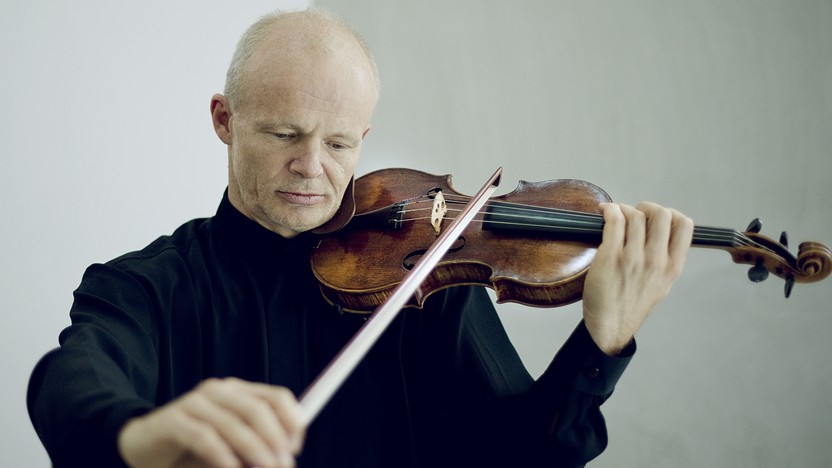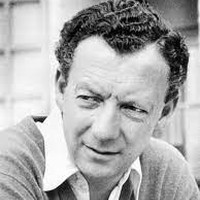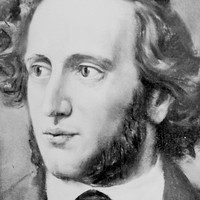Thomas Zehetmair Conducts Haydn’s London Symphony

Sponsored By
- April 23, 2020

- April 25, 2020


Sponsored By



 Watch Video
Watch Video
Felix Mendelssohn took full advantage of the opportunities that came with his family’s position of privilege as successful bankers. This was a child who celebrated his 12th birthday with a private performance of his first musical, in a fully staged production at his house in Berlin, featuring members of the royal orchestra!
At the age of twenty, Felix Mendelssohn performed a typical rite of passage for well-heeled young men, embarking on a “grand tour” of Europe. On August 7, 1829, he reached the Hebrides Islands off the western coast of Scotland, where the scenery inspired him to scribble a few phrases of music into a letter sent home to Berlin. His boat voyage the next day to the famous Fingal’s Cave provided additional fodder for a new work he began plotting.
After continuing on to Rome, Mendelssohn fashioned his Hebrides ideas into a concert overture as a birthday present for his father, under the original title of Lonely Island. He tinkered with the score and the title several more times — various drafts were known as The Isles of Fingal, Fingal’s Cave and The Hebrides — until he signed off on a definitive version in 1832. His very first sketch remained in place as the overture’s nucleus, as heard in the rocking, wave-like cascades that appear in the opening measures.
Aaron Grad ©2023

Haydn expert H.C. Robbins Landon has pointed out that, by coincidence, Haydn’s first and last symphonies are in the same key (D major), and laying those two works side by side highlights the astonishing distance between them. No. 1 is an aristocratic diversion for small orchestra, lasting little more than 10 minutes, intended for a handful of guests in a palace. No. 104 is a tour de force, about 30 minutes of serious music written for a large, discriminating audience in a public concert hall in London. Clearly, the public event was much more lucrative. After a lifetime in aristocratic service, Haydn made enough from that performance alone to more than triple his estate.
This symphony was the principal offering in Haydn’s last concert in London. From the first bar to the last, it is a work of unsurpassed concentration, invention and consummate mastery. Never one to squander notes, Haydn disdained composers who were spendthrift with ideas:
Once I had seized upon an idea, my whole endeavor was to develop and sustain it in keeping with the rules of art. In this way I tried to keep going, and this is where so many of our new composers fall down. They string out one little piece after another, they break off when they have hardly begun, and nothing remains in the heart when one has listened to it.
Haydn managed to “keep going” here by deriving the germinal ideas of all four movements from the quiet, unassuming opening melody. The Andante and Finale vary the falling opening phrase, while the Menuet echoes the second rising motif. Tying everything together in this way could, in uninspired hands, sound terribly arid and academic. But, as with so many things, this is a case of not what you do but how you do it. Hearing this symphony can be like eavesdropping on a brilliant mind as it tosses ideas around.
The influence of Mozart is felt in the opening bars, where stark unisons and growling timpani share something of the demonic monumentality of Don Giovanni. The energy and drive of the main body of the movement are wonderfully contrasted by the serenity of the slow movement. Beware, though! As in other London symphonies, Haydn explores an expansive and disparate landscape in a set of variations before coming to rest. The Menuet offers a bucolic and good-natured respite before plunging into the melee of the Finale, based on a Croatian folk tune from which Haydn creates a dazzling race to the finish.
Svend-Einar Brown ©2008
Get driving directions and find nearby parking.
Find dining options close to the venue.
View seating charts to find out where you'll be seating.
Get driving directions and find nearby parking.
Find dining options close to the venue.
View seating charts to find out where you'll be seating.
